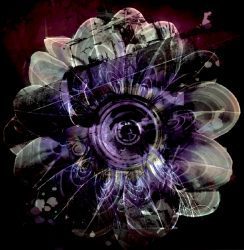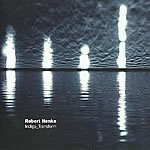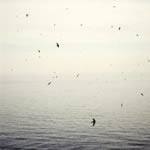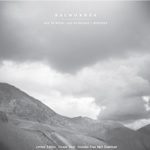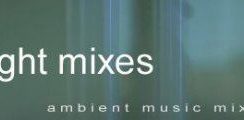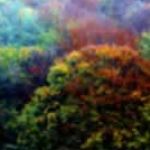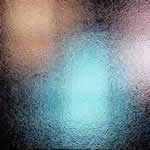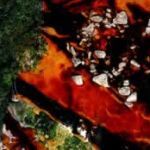
The joys of springtime usually get the most attention, but the season has a dark side, too: “Spring Fatique”.
The need to eat and to sleep more than usual, inexplicable mood changes, the difficulty to be able to concentrate, etc.
These feelings are not strictly limited to the spring season, however. Comparable feelings are also known in Winter and Fall. About 60% of all people will probably recognise these symptoms. About 2% suffer from the more serious “Seasonal Affective Disorder’ (S.A.D.), also known as ‘Winter Depression’.
The symptoms described can almost be heard in the strange soundscapes of this mix: not only in the titles of the tracks, but also in the atmosphere. Dark sounds, mostly, especially in the beginning. Luckily, the keynote of the pieces used gets lighter when time progresses: it is as if you hear the sun struggling to break through the sky.. Besides being an auditive impression of the tiredness of spring, this program may hopefully also be a remedy against it.
This mix was created in 2004.
The classic Peter Hammill track ‘The Birds’ in the beginning of Part 1 defines the theme:
‘Spring came far too early this year: Mayflowers blooming in February.
Should I be sad for the months, or glad for the sky?
The birds don’t know which way to sing, and, my friends, neither do I.’
(Part 2 of this mix can be found here)

